How Do I Fix a Blue Screen After Windows Update?
What is a Blue Screen Error?
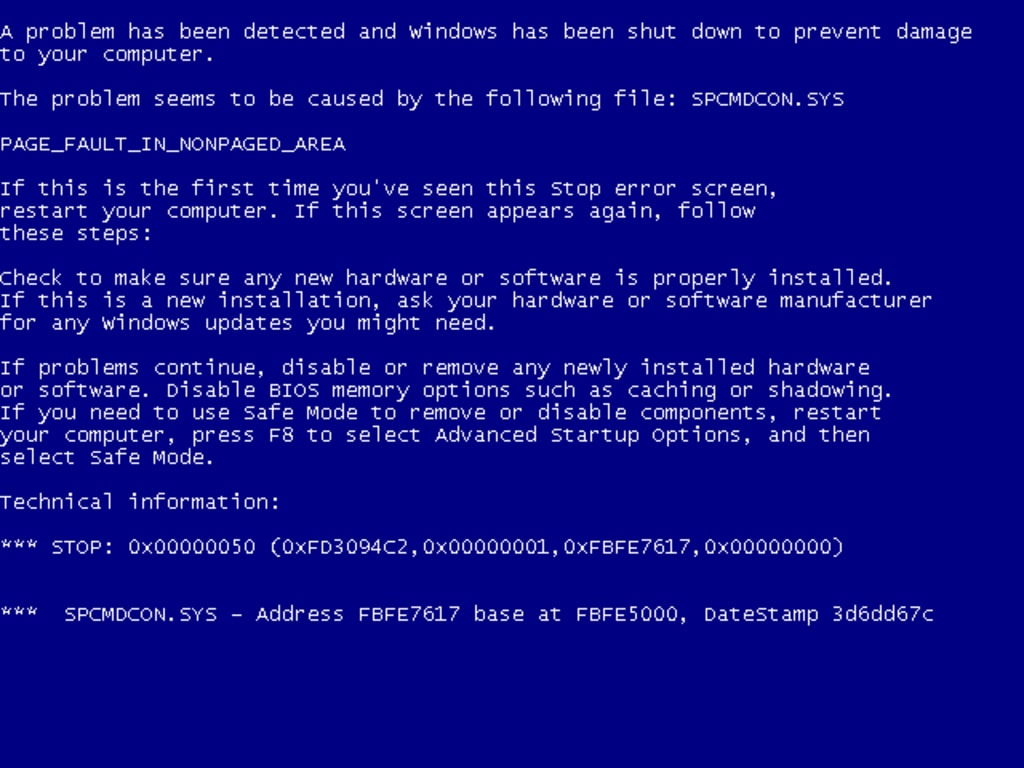
Windows operating system is far stable and advanced than any other operating systems including MacOS still you never know when you strike through the BSOD or any other error on the computer.
95% ofpeople are unaware of how to fix BSOD errors on a Windows computer. But if you know how to follow proper instructions, you can also fix the problem with the right steps of troubleshooting. Let’s get into more details.
What is BSOD?
The Blue Screen of Death (BSOD) error is a Windows Fatal error that gives you tough situation and can popup on any Windows computer with/without internet. Every BSOD is associated with a specific error code and individual error codes are for different reasons with different solutions.
There can be hundreds of reasons behind an OS crash including faulty updated drivers, incomplete Windows Updates, or incompatible hardware changes. Most of the times a simple restart can fix everything back and keep you up and running. The newer versions of Windows OS are more stable than the earlier versions.
Take Down the BSOD Error Code
To learn how to resolve blue screen errors on Windows OS, it is important to get hold of the error code. Whenever you encounter a BSOD error, the first thing to do is to take down the BSOD error code and search for it on the Microsoft Windows Error Code list.
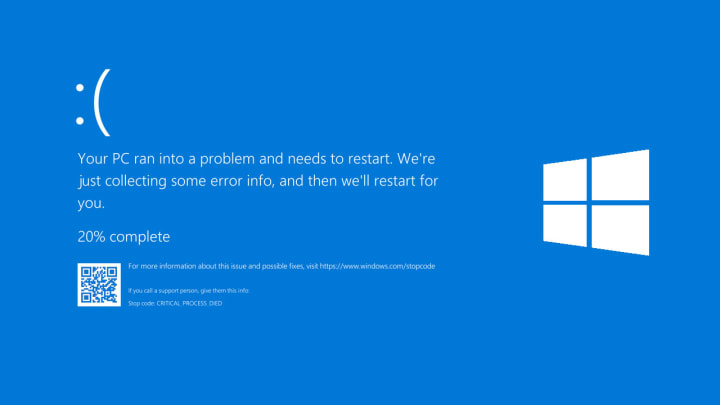
Microsoft Windows 10 has also given convenience to identify the BSOD error code with a QR Code wherein you can scan the code using your smartphone and directly look for the solution on Microsoft Support Portal and follow the steps on your computer.
Generally, the BSOD errors are bifurcated in the below categories.
• CRITICAL_PROCESS_DIED
• SYSTEM_THREAD_EXCEPTION_NOT_HANDLED
• IRQL_NOT_LESS_OR_EQUAL
• VIDEO_TDR_TIMEOUT_DETECTED
• PAGE_FAULT_IN_NONPAGED_AREA
• SYSTEM_SERVICE_EXCEPTION
• DPC_WATCHDOG_VIOLATION
If the error code indicates the error due to Windows Updates, follow these steps.
Error After Installing Windows Updates
The most common issue is we get BSOD after installing Windows Updates wherein faulty updated drivers may stop it to boot in normal mode. Here is what you need to do to uninstall recent Windows Updates and the updated drivers. It is recommended to make use of one of the best driver update software to get the updated drivers without any pain and avoid any such consequences.
First of all, you need to get your computer in safe mode with networking. There are various options to get your computer in safe mode with networking but the easiest one is listed below.
You can enter the ‘Recover Mode’with the ‘Start’menu’s ‘Restart’option. The ‘Start’ menu’s ‘Restart’ option is one of the easiest methods for getting into the Recovery Mode.
Step 1. On Windows 10, click the Start button.
Step 2. Click on the ‘Power’ button and look for the ‘Restart’ option.
Step 3.Press and hold down the ‘Shift’ key and click on the ‘Restart’option while holding down the Shift key.
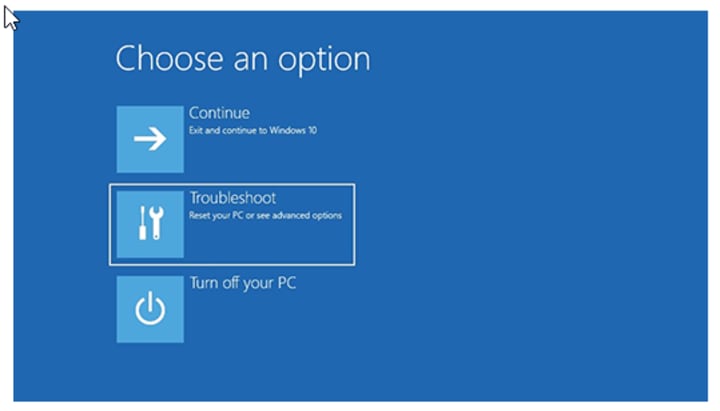
Step 4.Once the system tries to come up, it will ask you to choose an option. Select the ‘Troubleshoot’followed by the ‘Advanced Options’.
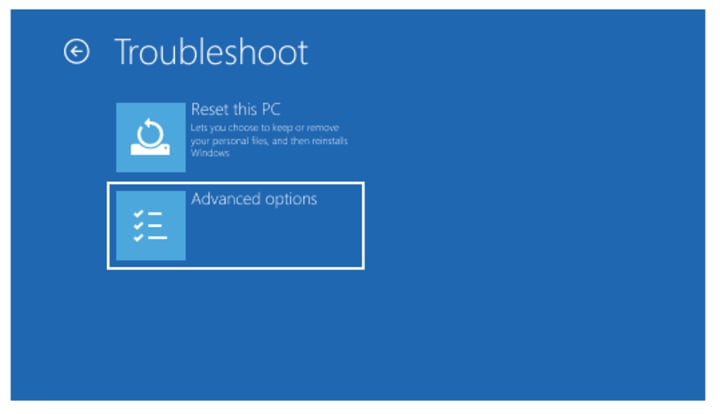
Step 5. Under the ‘Advanced Options’ menu, click on the ‘Startup Settings’ option.

Step 6. Here it will give you all the available options to restart the computer. You simply need to click on the ‘Restart’ button.
Step 7. Once your device is restarted, you'll see a list of available options. We need to select 5 or press F5 to get the system into Safe Mode with Networking.
Uninstall Recent Updates
Once your system comes up in Safe Mode with Networking, you need to follow these steps to roll-back the faulty Windows Updates.
Step 1. Go to the search bar on the taskbar and type in ‘Control Panel’.
Step 2. Select Control Panel from the list of search results.
Step 3. Click on ‘Uninstall a Program’ under ‘Programs’ section. If you’re not viewing by category, or using Large/Small icons View, you need to select ‘Programs and Features’.
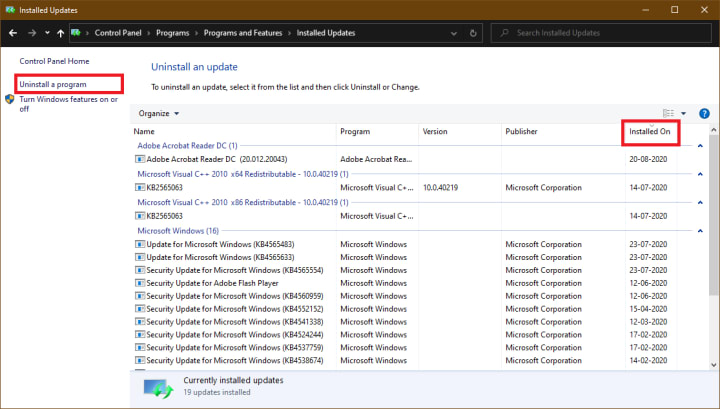
Step 4.On the left-hand side top, you will find ‘View installed updates.’ Click on that and sort the update by Date. Click on ‘Installed On’ column to sort the updates.
Step 5.Right-click on the latest update that you think can be responsible for BSOD error and then click on ‘Uninstall’ option. Click on ‘Yes’ to confirm your selection.
Step 6. You will need to click on ‘Restart Now’ once prompted to complete the uninstallation.
“Please Note: All the Windows Updates are not reversible.”
Coming Out of Safe Mode
If you are back in safe mode with networking, you can follow this to get out of the loop and get back in the normal mode.
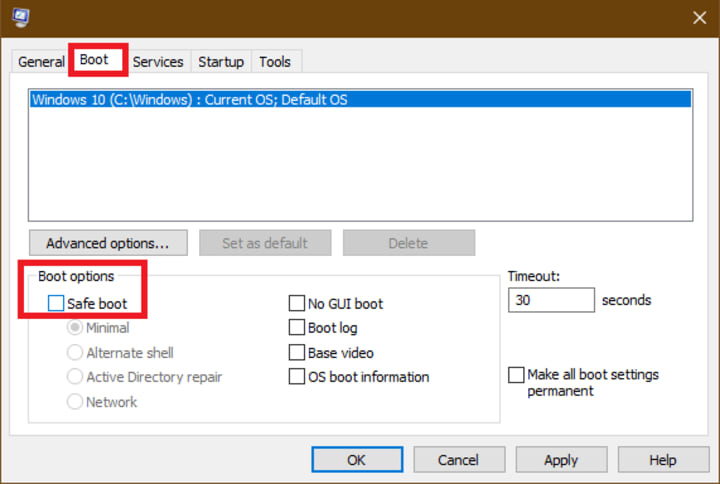
Press Win + R to open Run Command Prompt and type MSCONFIG and hit enter. Go to the ‘Boot’ tab and under the ‘Boot Options’, uncheck the ‘Safe Boot’ checkbox. Click on Appy and Okay buttons to confirm the selection.
Wrapping Up
Hope the best way to fix a blue screen after Windows Updates or installing faulty updated drivers are helpful to come out of BSOD error. If you want to install the latest updated drivers on your computer, you can make use of one of the best driver update software to avoid any such consequences and keep all the updated drivers with a single click.
Meta:What is a Blue Screen Error and how do we fix a blue screen error that is caused after running Windows Updates?





Comments
There are no comments for this story
Be the first to respond and start the conversation.